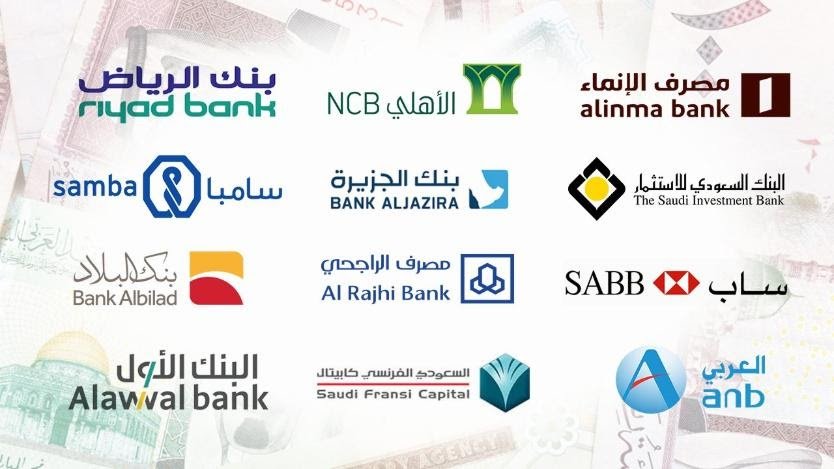Saudi Arabian banks are on track to break new ground in debt issuance to fund the country’s ambitious economic diversification plans. Analysts at Bloomberg Intelligence predict lenders will need to raise at least $11.5 billion through local and international bonds. This record-breaking borrowing spree is critical for financing Vision 2030, a strategic roadmap to transform Saudi Arabia from an oil-dependent economy into a diversified powerhouse.
The impetus for this surge in bond issuance comes from the Public Investment Fund (PIF), the sovereign wealth fund spearheading Vision 2030. In January 2024, PIF itself tapped into the debt market with a highly successful three-part bond sale, attracting over $20 billion in orders. This strong investor appetite highlights confidence in Saudi Arabia’s economic reform agenda.
The funds raised from these bond sales will flow into a multitude of mega-projects across various sectors. These projects are envisioned as the cornerstones of a future Saudi economy less reliant on oil revenue. Investments in tourism infrastructure, technology ventures, and renewable energy are expected to be a significant focus.
This strategic shift necessitates a substantial increase in government spending. Bond issuance allows Saudi Arabia to spread the cost of these projects over time, mitigating the immediate pressure on the national budget. Additionally, it fosters participation from international investors, bringing valuable foreign capital into the country.
There are, however, potential risks associated with this substantial debt accumulation. Rising global interest rates could significantly increase the cost of servicing this debt in the future. The success of Vision 2030 hinges on the ability of these mega-projects to generate returns that outpace borrowing costs.
Furthermore, the long-term viability of the Saudi economy hinges on the global oil market. While the current environment is favorable for oil producers, a significant price drop could disrupt Saudi Arabia’s revenue stream and its ability to repay its debts.
Despite these potential challenges, the Saudi government appears confident in its economic reform plans. The strong investor interest in recent bond offerings underscores this confidence. The next few years will be crucial in determining whether this historic debt issuance fuels the economic transformation envisioned by Vision 2030.



